Meet the alumnus behind JMU’s newest ASB program
Featured Stories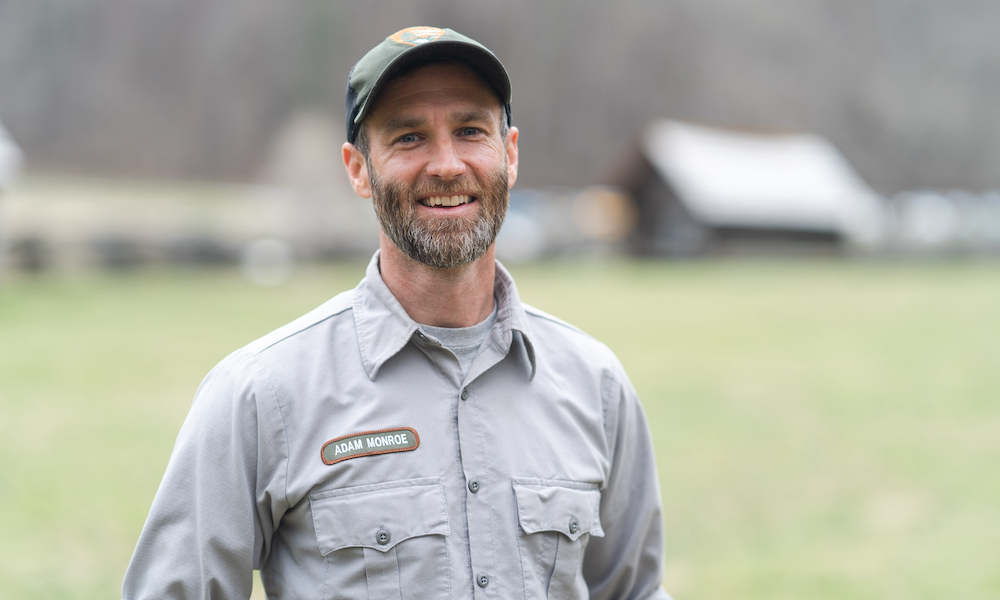
SUMMARY: Adam Monroe ('03), trails and facilities volunteer coordinator for Great Smoky Mountains National Park, reached out to his alma mater last year about hosting an Alternative Spring Break. The inaugural trip took place March 12-19.
By Jim Heffernan ('96, '17M)
Volunteers with JMU’s newest Alternative Spring Break program recently returned from Great Smoky Mountains National Park, where they spent the week maintaining trails, campsites, historic structures and landscapes. The trip was hosted by Adam Monroe (’03), a JMU alumnus who serves as the park’s trails and facilities volunteer coordinator. Monroe has worked with alternative break groups for many years, but this year marked the first partnership between Great Smoky Mountains National Park and JMU Community Engagement and Volunteer Center. Josh Shulruff, assistant director for Alternative Break Programs, said he's heard "nothing but positive reports" about the trip and he hopes it can continue. "That JMU connection means a lot to our participants, and so I certainly hope that future students will have the chance to serve with and learn from Adam," he said.
Have you always been interested in the outdoors, conservation and sustainability?
Yes, I’ve always been drawn to the outdoors, whether it is for work or recreation. My first memories of learning about conservation and sustainability come from spending time with my family outdoors and being a part of an active Boy Scouts troop that prioritized getting out on backpacking trips in places like Shenandoah National Park. In early high school, I was able to take part in an experimental program that split the science curriculum into two semesters — one focused on environmental science and one on geology. I was drawn to both subjects and began to think more about how I could spend my time caring for, and just enjoying, protected natural environments.
Why did you choose JMU? Tell me about your Madison Experience.
I grew up in Chester, Virginia, just south of Richmond. I transferred to JMU after two years at another school. I was drawn to JMU because of the feel of a true campus experience and its location in the Shenandoah Valley. Traveling somewhere new and experiencing living in a small mountain town was very exciting to me. While at JMU, I mostly stayed focused on my studies as a History major and spending time in the outdoors with close friends. I met my housemates while working with the JMU Adventure Program and operating the UREC climbing wall. I spent a lot of time there and traveling to local climbing and bouldering areas on the weekends, including Franklin, West Virginia.
The most memorable JMU experience for me was getting to go on a once-in-a-lifetime, study-abroad trip to Kenya in the summer of 2003. I remember attending the study-abroad fair and seeing a brochure for the program — that I still have today — and couldn’t believe I might get to do something like this. I was accepted into the program and went on an amazing adventure led by Anthropology professor Jennifer Coffman. The trip included five weeks of traveling throughout Kenya and tent camping in Amboseli National Park, as well as homestay experiences in the western province and inner-city Nairobi. Following the program, myself and three other JMU students booked a guided trip to the summit of Mt. Kilimanjaro in Tanzania. Looking back now, I realize this opportunity, which included visiting two national parks abroad, certainly set the stage for my love of travel, adventure and working for the U.S. National Park Service.
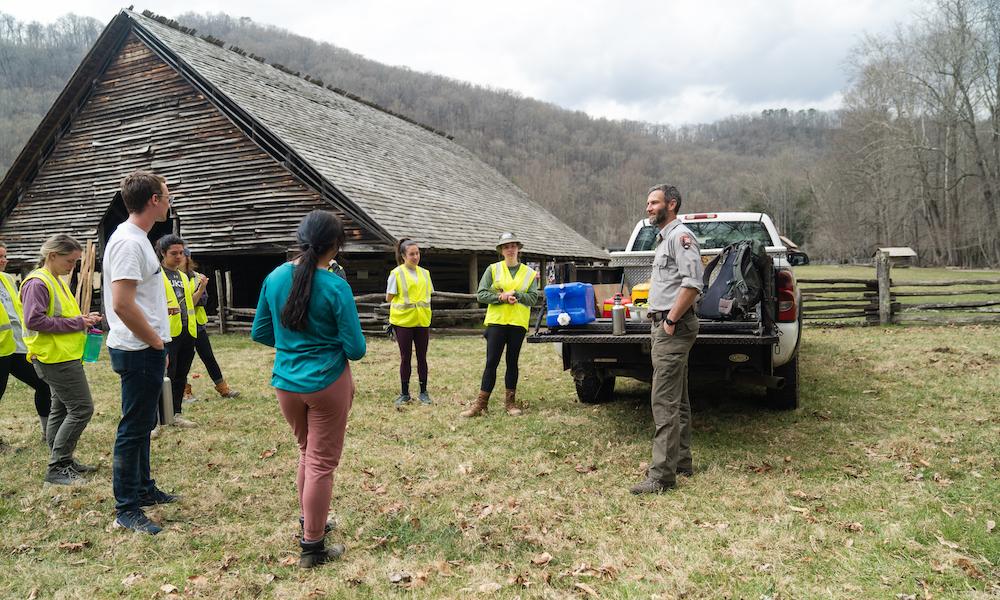 |
I imagine it’s not easy to become a park ranger with the NPS. Talk about your career path, how you landed at Great Smoky Mountains National Park and your current role and responsibilities.
I graduated from JMU in December 2003 and was eager to get out of the classroom/library setting for a while. I wanted to travel and find a job where I could spend time outside. I came across a posting for the California Conservation Corps Backcountry Trails Program, and after reading the job description, I could barely contain my excitement. I was selected for the program and spent the spring and summer of 2004 living and working in Kings Canyon National Park. Our crew lived exclusively in the backcountry of the park for the whole season, learning and performing trail maintenance and construction practices to the standard of the National Park Service. We were resupplied by mule packers weekly or every other week. Our only concern on the weekends was choosing what alpine lake to swim in or what peak to climb. I was hooked from then on. I began working seasonal trail-crew positions with the NPS, and worked in Zion, Grand Teton and Saguaro National Parks.
Eight years ago, my wife and I decided to start a family and wanted to be closer to Virginia. I was fortunate enough to be hired by Great Smoky Mountains National Park, and we relocated to Asheville, North Carolina. Currently, I am the park’s trails and facilities volunteer coordinator. I recruit and manage groups and individual volunteers who are eager to get involved doing hands-on work with meaningful projects that help maintain our trails, campgrounds, historic structures and landscapes.
What is unique about Great Smoky Mountains National Park?
It’s big, and it’s close! The park covers more than half a million acres and is considered the most biodiverse park in the National Park System. Some of the tallest mountains in the eastern U.S. are here, and there are 850 miles of awesome trails to explore the vast and wild backcountry. The Smokies are within a day’s drive for half the population of the United States and, for many people, serve as an introduction to the NPS.
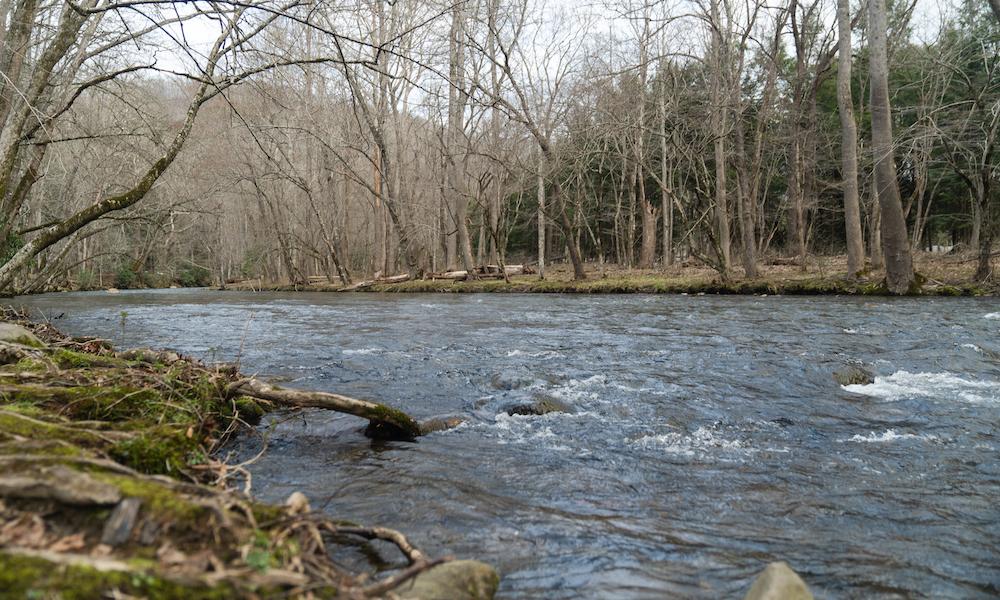
What are some of the challenges facing the park?
One of the biggest challenges we’re facing is how to continue to provide visitors with the high-quality experience and open access they expect while also continuing to protect park resources in the face of rapidly increasing demand. Park visitation has increased 57% just in the past 10 years, reaching 14.1 million visits in 2021.
To what do you attribute the increased demand? Has the pandemic, or just humans’ basic need to unplug and reconnect with nature, spurred interest in national parks?
Visitation to parks, especially the large flagship parks, has been on the rise for many years now, but I do think over the past two years there has been even more appreciation for these places. There’s an effort within the National Park Service to highlight some of the smaller National Historic Sites and recreation areas that may not be as flashy but are still rich with green space and recreation opportunities as well as educational experiences. They also may be closer to home.
You’ve hosted ASB trips before but never for JMU students specifically. How did that partnership come about?
I reached out to the Community-Service Learning office at JMU in 2021 in hopes to get the ball rolling for a summer or fall 2022 trip. I knew that JMU’s service-learning program has consistently been ranked very high, and I wanted the Smokies to be a part of that in some way.
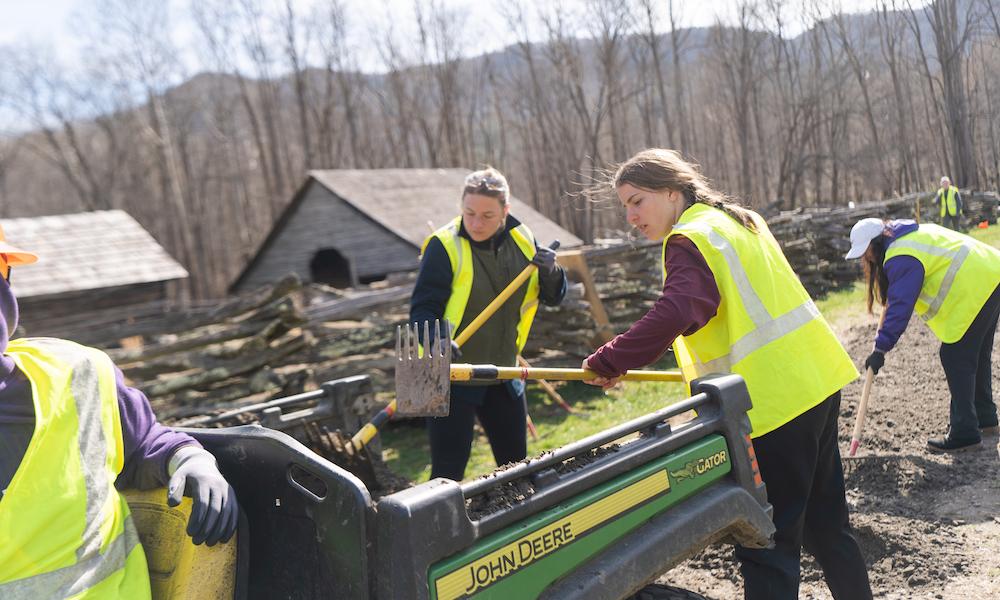 |
Why do undergraduates make good service workers?
They approach the experience with an enthusiasm that is often unmatched. They are energized by the challenges that arise when planning for a trip or performing a work assignment. Many of the projects and tasks I involve students in are new to them, and it’s great to see them jump right in and give it their best.
What advice do you have for students who are interested in working for the national parks after graduation?
Get involved with volunteering and making personal connections in a national park as early as you can. Learn firsthand about the positions that are available within a park and find a focus. Many people are surprised to learn how specialized some jobs are within the NPS. The generalist title “park ranger” can be deceiving and perhaps oversimplifies all the different professions within a national park. Navigating the federal hiring process can also be challenging, so having a contact to help coach you through the process is key once you know what you are shooting for.
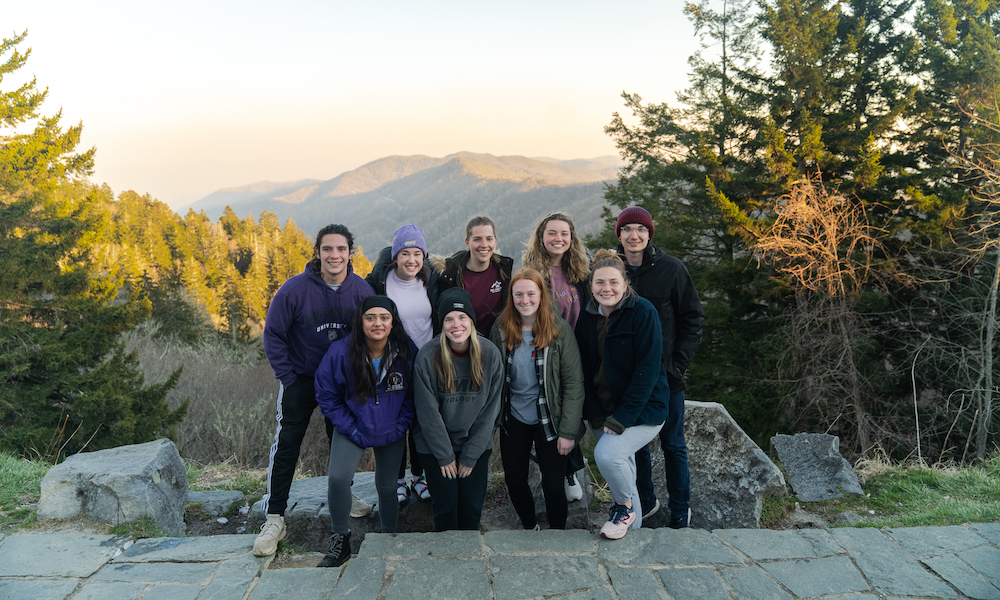 |
